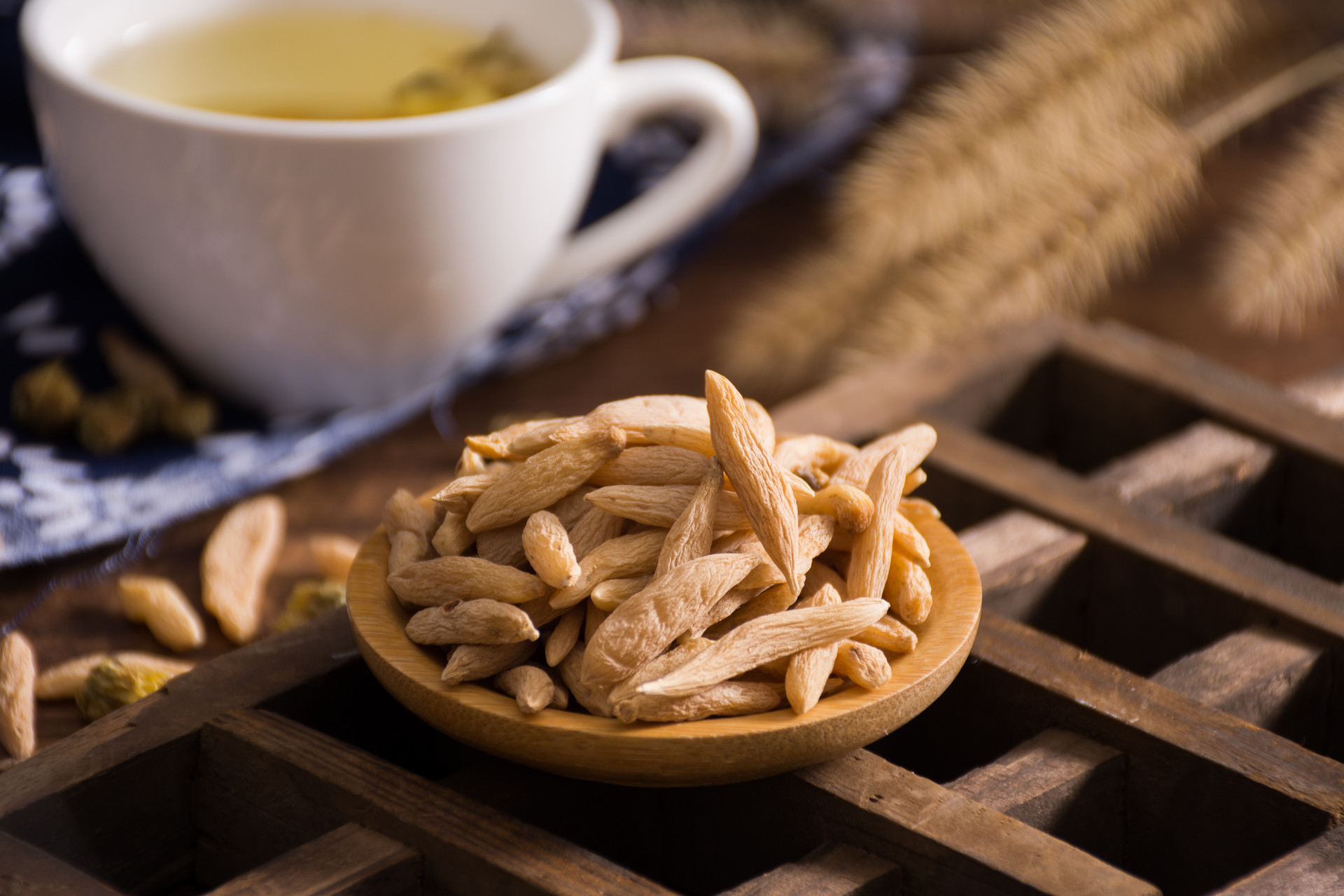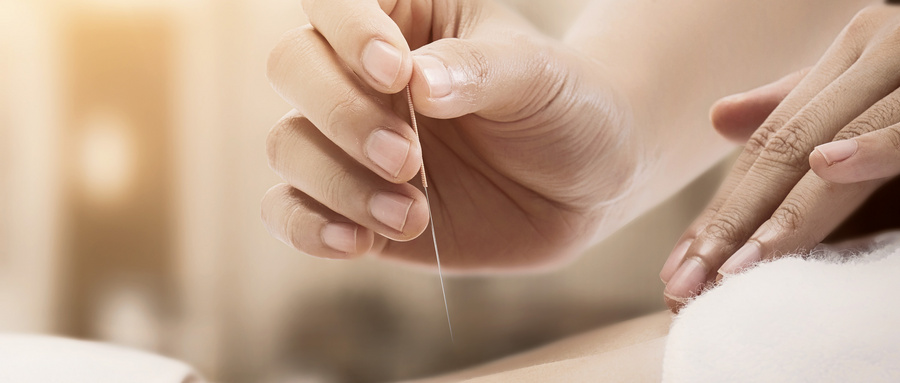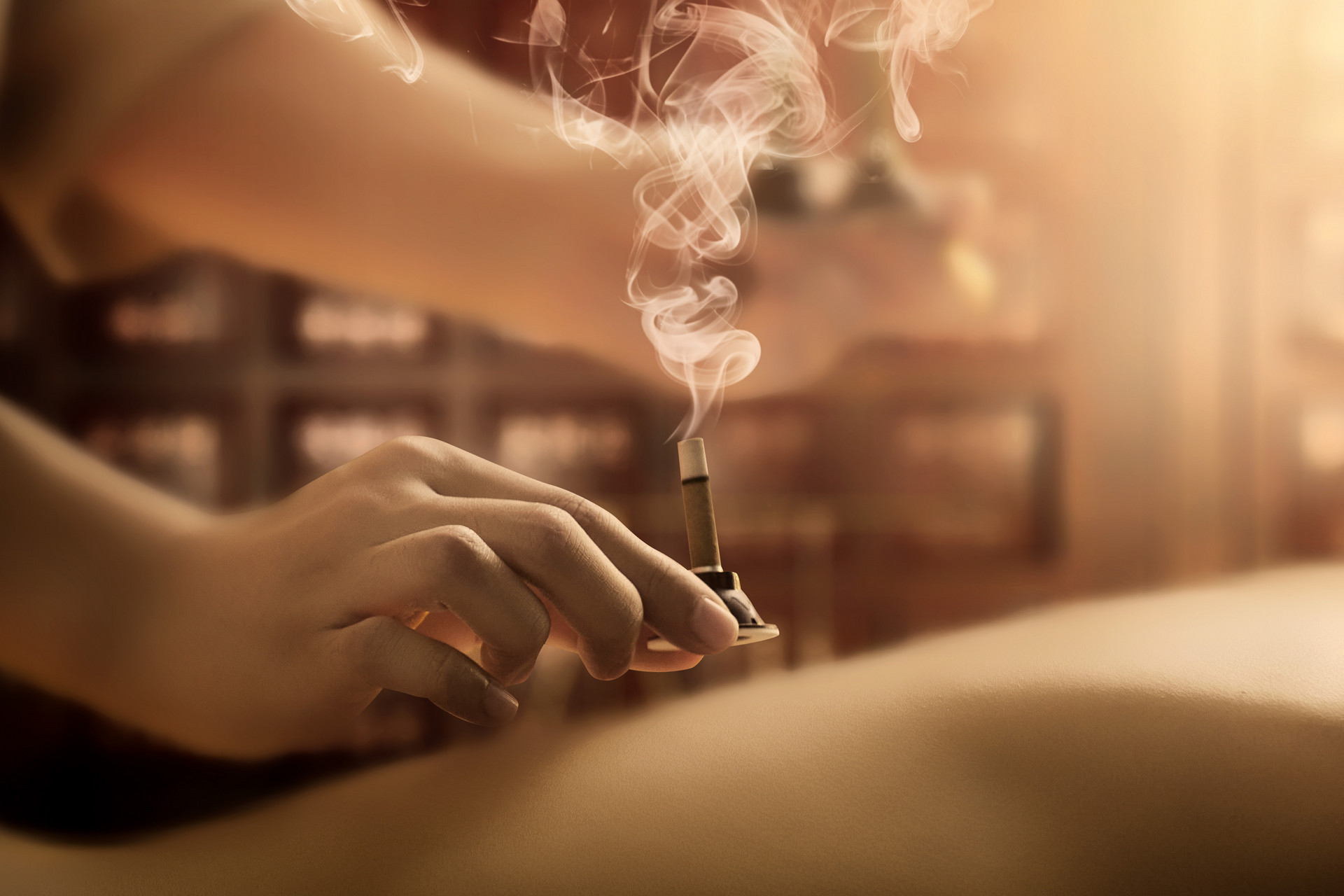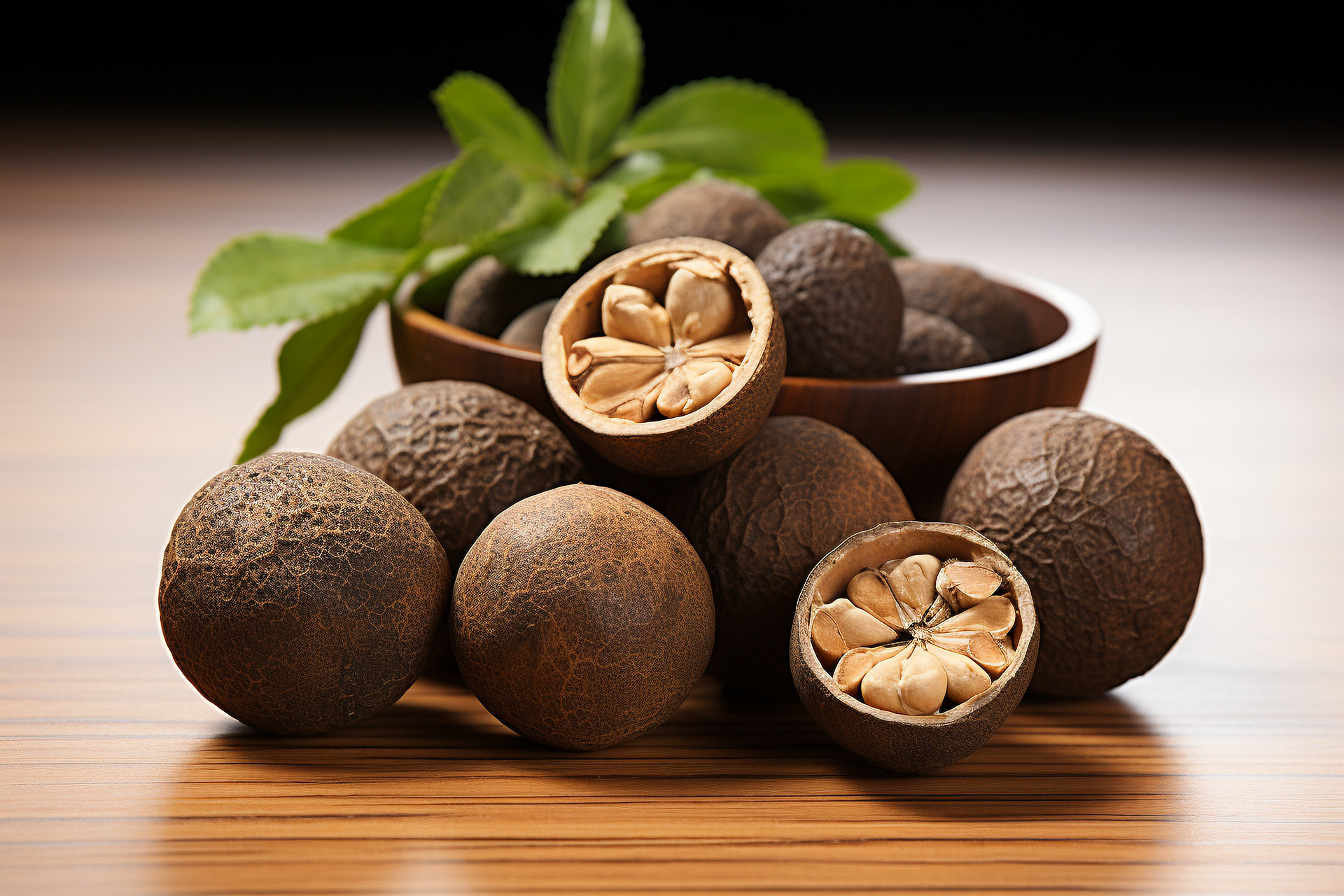Huanglian and Huanglian are commonly used Chinese herbal medicines in clinical practice. Due to a slight difference in pronunciation, they are often confused and even mistaken as the same medicine. Although both herbs are bitter, cold, dry, and heat-clearing, they are completely different herbs and should be carefully distinguished when used.

Huanglian
Huanglian was first recorded in the "Shennong Bencao Jing". It has roots and rhizomes that spread and connect to each other, forming clusters and appearing yellow in color. It is named "Huang" because of its color and "Lian" because of its shape. It is native to Sichuan and grows in high-altitude cold and humid forests at an altitude of 1000-2300 meters. It is harvested after the beginning of winter and has a rough surface with a brown color. It is hard and solid, with irregular lumpy nodes. The wood is yellow or orange-yellow with cracks.
Huanglian is born in western Sichuan, inheriting the cold and pure qi of heaven and earth, with an extremely bitter taste and a strong cold nature. It is thick and light, sinking and descending, slightly ascending in the Yin, and specializes in treating various types of fire. If it is a clustered form with rough nodes that are harvested after the beginning of winter, it can best obtain the qi of clearing, descending, collecting, and cleansing. The "Jin Kui Yao Lue - Treatment of Ulcers, Intestinal Abscess, and Inflammation" says, "For soaking and spreading ulcers, use Huanglian powder." Zhang Zhongjing believed that if the ulcer spreads from the mouth to the limbs, it is a mild condition where the poison moves from inside to the surface, so it can be treated. If it flows from the limbs to the mouth, it is a severe condition where the poison moves from outside to inside, and it cannot be treated. "Soaking" means soaking, and "Yin" means spreading. Using Huanglian powder can achieve the effect of convergence, consolidation, cleansing, and descending.
Huanglian is hard and solid. Miao Xiyong said, "The roots, flowers, and fruits of Huanglian are all earthy in color. It blooms in April, bears fruit in June, and the roots become firm in July. It happens to be the time when the taiyin damp earth and yangming dry metal are dominant, so it is suitable for entering the spleen and stomach." Many doctors of past generations have explained the function of Huanglian as "thickening the intestines". For example, Tao Hongjing's "Famous Doctors' Records" says, "Huanglian regulates the stomach and thickens the intestines, nourishes the gallbladder." The "Pharmacological Properties" says, "Huanglian treats hot and cold dysentery, and also thickens the intestines and stomach to stop diarrhea." Wang Ang's "Essentials of Materia Medica" says, "Huanglian nourishes the liver and gallbladder, and thickens the intestines and stomach." Why does it thicken the intestines and stomach? Li Dongyuan believes that when the intestines and stomach are disturbed by damp and heat, causing dysentery and pain, taking this bitter and cold medicine can remove the damp and heat, stop the pain, and thicken the intestines and stomach. Huanglian has the following combinations in clinical practice.
① One sheep liver and one liang of Huanglian are ground into pills. It can be used to treat eye diseases and is called Yanggan Wan. ② For the treatment of conjunctivitis, take 5 grams of Huanglian, soak it in an appropriate amount of breast milk for 30 minutes, and then use the milk to clean the eyes several times a day. ③ Zhang Xichun uses Huanglian externally to treat eye diseases: for swollen and painful eyes, use Huanglian-infused water, soak cotton balls in warm water, and apply them to the eyes until a bitter taste is felt in the throat, and the swelling and pain will immediately improve. ④ For indigestion and fullness in the lower chest, Huanglian and Zhi Shi should be used. ⑤ For women with swelling and pain in the genitals, which is caused by damp heat, Huanglian is used to remove the damp heat, so it is used to treat this condition. ⑥ Zuo Jin Pill is a formula for treating pain in the hypochondrium, but it is also very effective in treating pain in the Jueyin meridian. The ratio of Huanglian to Wu Zhu Yu is 6:1, which means it has the effect of opening the nodes, promoting circulation, and relieving pain. ⑦ Wang Shixiong said in the "Brief Formulas for the Four Departments - Calming the Spirit" that "five qian of fresh Chuanlian and five fen of cinnamon heart are finely ground and made into pills with white honey. Take them on an empty stomach with light salt water. It is used to treat the condition of the heart and kidney not communicating, palpitations and insomnia, and is called Jiaotai Wan." For people who cannot sleep well during the day and night, and feel extremely restless, this is a condition where the heart and kidneys do not communicate. Huanglian enters the heart, and cinnamon enters the kidneys. When these two substances are combined, the heart and kidneys will communicate and sleep will come quickly.
Huanglian is bitter and cold, thick in taste and thin in nature, and mainly enters the heart meridian, as well as the large intestine, stomach, and spleen meridians. Its functions are to clear heat, dry dampness, relieve fire, and detoxify. It is especially good at clearing damp-heat obstruction in the middle jiao, which causes stagnation of stomach qi, epigastric distension and fullness, and nausea and vomiting. Therefore, Zhang Zhongjing's various Xie Xin Tang formulas, such as Ban Xia Xie Xin Tang, Sheng Jiang Xie Xin Tang, Gan Cao Xie Xin Tang, Da Huang Huanglian Xie Xin Tang, and Fu Zi Xie Xin Tang, can all be used to treat the condition of stagnation. Huanglian is an indispensable Chinese medicine in these formulas. Huanglian has a very strong effect in clearing heat, relieving fire, and detoxifying, especially in treating heart meridian fire. For example, Huanglian Jiedu Tang, which is composed of Huangqin, Huangbai, and Zhizi, is used for all types of heat and fire conditions, such as restlessness, incoherent speech, damp-heat jaundice, as well as surgical abscesses and carbuncles. Another example is the Ge Gen Qin Lian Tang, which is used to treat red tongue, rapid pulse, yellow, foul-smelling diarrhea or diarrhea like frozen, and burning sensation in the anus. The effect of Huanglian in this formula is to clear heat, dry dampness, and thicken the intestines to stop diarrhea.
Zhang Zhongjing's formulas that use Huanglian include Huanglian Ajiao Tang, Xie Xin Tang, Wu Xie Xin Tang, Huanglian Tang, Gan Jiang Huanglian Huangqin Renshen Tang, and Huanglian Powder for treating the heart, Wu Xie Xin Tang, Huanglian Tang, and Gan Jiang Huanglian Huangqin Renshen Tang for treating the stomach, Huanglian Powder for treating the spleen, Wumei Wan for treating the liver, and Bai Tou Weng Tang and Ge Gen Huangqin Huanglian Tang for treating the intestines.
Zhang Yuansu pointed out six functions of Huanglian: clearing heart fire, one; removing damp-heat from the middle jiao, two; must be used for all types of ulcers, three; removing wind and dampness, four; treating sudden onset of red eyes, five; stopping bleeding in the middle part of the body, six.

Huánglián
Huánglián grows in high mountains, grasslands, and rocky areas at an altitude of 3600 to 4400 meters or in shallow soil facing the sun. It obtains the pure, cold, and Yin cold qi of heaven and earth. Its taste is extremely bitter, its qi is extremely cold, and its nature is non-toxic. Therefore, it dislikes dampness and is averse to heat. It is like Li Dongyuan, who is known for his clean appearance and pure conduct, and is considered a noble companion.
Huánglián is used as a medicinal herb with roots and rhizomes. It is grayish-yellow or grayish-brown in color and resembles coarse dry branches. It is round like a pillar and slightly curved. Its surface is rough and has dense ring-like nodes. It is light and hard, and when broken, it produces a smoke-like powder, similar to smoke. Its cross-section is gray-black or brownish-brown, slightly flat, with white conical bundles of vessels arranged in rings, resembling the eyes of a mynah bird. Su Jing first recorded it in "Newly Revised Materia Medica": "It comes from Persia (now Iran), grows on land near the sea, and is harvested in the early part of August... The seedlings are like dry grass in summer, and the roots look like parrot eyes when broken." It is originally from the country of the Huns (Hun: the ancient term for the northern or western ethnic groups, generally referring to foreigners or ethnic minorities), Persia. Its medicinal properties are similar to Huanglian, so it is called Huánglián. The current "Chinese Pharmacopoeia" lists Huánglián mainly produced in the western Himalayas, such as Tibet, Yunnan, Sichuan, and other places.
Huánglián, being clean in nature, dislikes dampness and heat. Its "root and rhizome are grayish-yellow or brown, resembling dry branches, like birds' beaks when broken," refers to its downward-growing roots resembling human feces. Its taste is extremely bitter, making it effective in reducing heat and eliminating evil. Its "hard and brittle texture, producing dust and smoke when broken" indicates its extremely dry nature, which can dispel dampness. Its cross-section has white conical bundles of vessels, resembling the eyes of a mynah bird, indicating its ability to expel lung qi, and the conical bundles and rings resemble eyes, representing the ability to promote smooth circulation of wood qi. Therefore, Huánglián can be used to treat symptoms of damp-heat, such as epigastric distension, chest tightness, and sticky and unsmooth bowel movements. Huánglián has the following combinations in clinical practice.
① For sticky and unsatisfactory bowel movements, small amounts of feces, or squatting on an empty toilet, Huánglián can be ground into fine powder, mixed with warm water before bedtime, and taken orally at a dosage of 1-3 grams per day. It is also necessary to avoid heavy and greasy food and raw and cold food. ② For the treatment of drooling in children: take 6 grams each of Wu Zhu Yu and Huánglián, grind them into powder, add vinegar and flour to make a paste, apply it to the soles of the feet overnight, and remove it the next morning. Repeat this process the next day. ③ For the treatment of auricular chondritis: grind Huánglián into fine powder, mix it with sesame oil, and apply it. ④ For the treatment of oral ulcers: take 1.5 grams of Huánglián, 9 grams each of Xi Xin and Huanglian, and 3 grams of Huoxiang, grind them into fine powder, and take 1.5 grams each time, rinse the mouth repeatedly, and spit it out. ⑤ For the treatment of vomiting blood and nosebleeds: take equal parts of Sheng Di Huang and Huánglián, grind them into fine powder, make them into pills the size of a wutong seed with pig bile, take 20-40 pills each time, and take them with Maohua Tang before going to bed. ⑥ For treating red eyes in infants: mix Huánglián powder with tea and apply it to the palms and soles of the feet. ⑦ For the treatment of painful and swollen hemorrhoids that are unbearable: take Huánglián powder and mix it with goose bile to apply.
Zhang Shanlei said in "Correct Meaning of Materia Medica": "The nature of Hu Lian is the same as that of Chuan Lian." Huánglián has a similar function to Chuan Lian in thickening the intestines; "However, its sinking and descending nature is faster, so it is better at clearing and guiding damp-heat in the lower jiao, and its specialization and effectiveness are faster than Chuan Lian." In other words, Huánglián has a better sinking and descending nature, and its ability to clear and guide damp-heat is more specialized, and its effectiveness is better than Chuan Lian. "For heat dysentery, prolapse of the anus, hemorrhoids, ulcers, bloody dysentery, hematuria, turbid blood, syphilis, and infantile malnutrition, etc., if dampness and fire accumulate, they cannot be directly treated without this herb. It can also be used for infantile abdominal distension due to food accumulation. Because of its bitter and descending nature, it can remove heat and evil, and it is the fastest, without lingering in the middle region, hindering the circulation of the spleen and stomach." The only reason for the big difference is the nature of the medicine itself.











